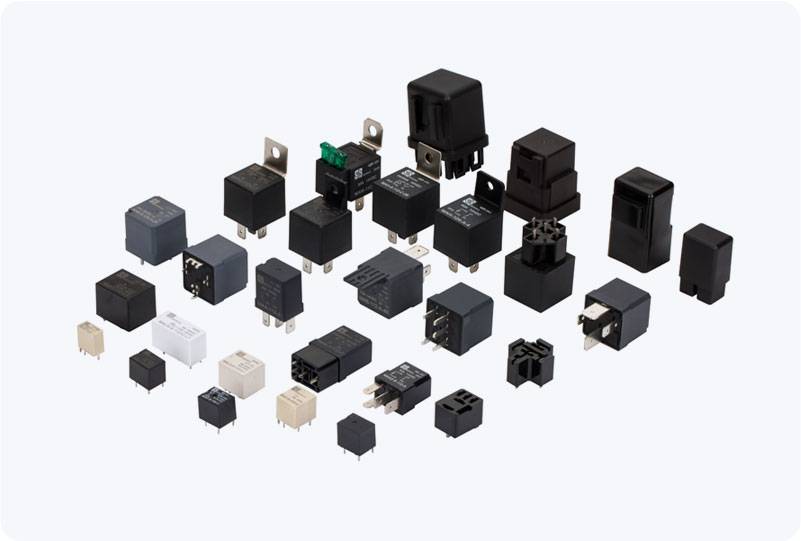understanding high current power relay: importance, applications, and design considerations
Release time:2025-05-19 07:12:55
A high current power relay is a crucial component in many electrical and electronic systems, particularly those that require switching of high-power loads. These relays are designed to control circuits that carry significant electrical current, often beyond the capacity of standard relays. With the rapid development of industries such as automotive, telecommunications, and industrial automation, the demand for reliable and efficient high current power relays has steadily increased. This article explores the essential aspects of high current power relays, including their importance, applications, and key design considerations.

What is a High Current Power Relay?
A high current power relay is an electromagnetic switch used to control high-voltage and high-current circuits. It functions similarly to a standard relay, but it is designed to handle greater electrical loads, typically over 10 amps, often ranging up to hundreds of amps. These relays are widely used in applications that require controlling the flow of electricity to heavy machinery, electrical appliances, and power distribution systems.
The main function of a relay is to open or close a circuit when triggered by a low voltage signal, thus enabling or disabling the high-current circuit without the need for manual intervention. The high current power relay ensures that even when the circuit involves large currents, the switching is efficient and safe.

